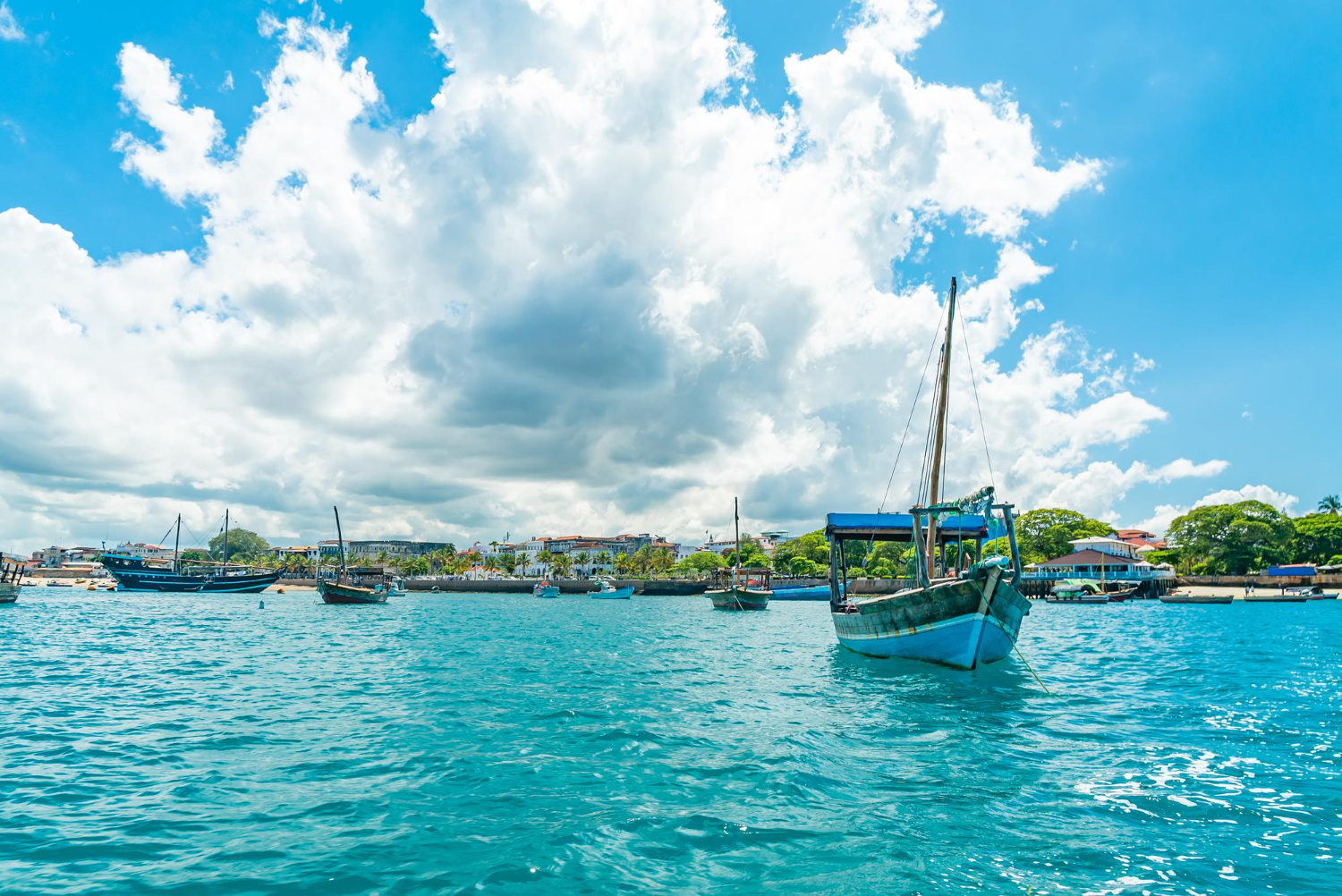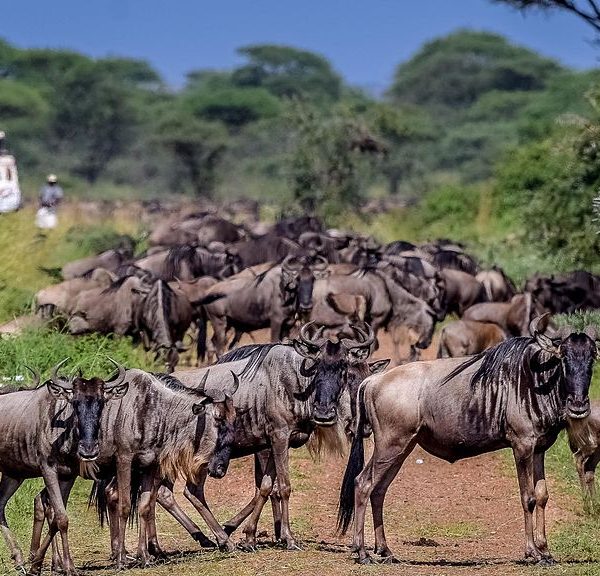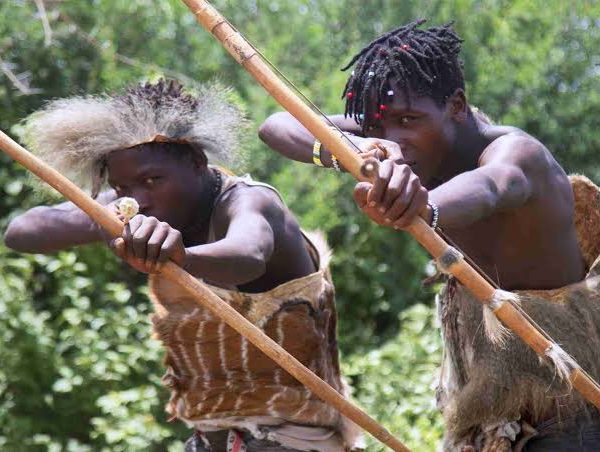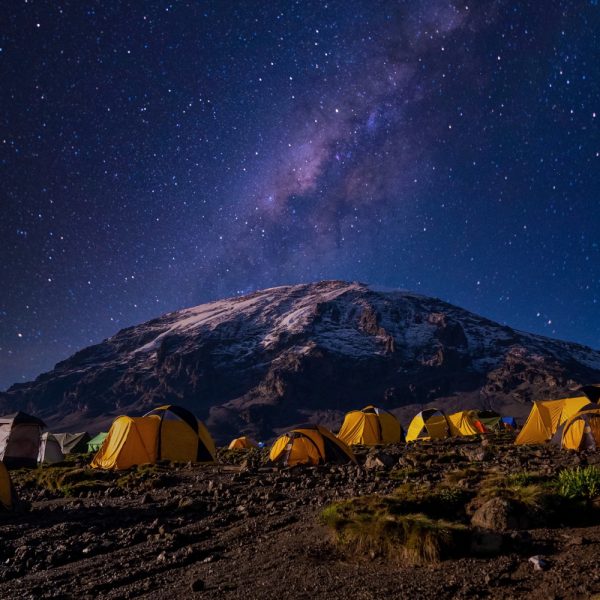Cultural Excursion
From
Duration
Tour Type
Overview
Experience the charm of the friendly Tanzanian people first-hand. There are several cultural heritage sites scattered throughout the country where you can spend from ½ day to a week with one of the 120 distinct ethnic groups making up the population. At the sites you will encounter natural beauty, including: rain forests, big waterfalls, magnificent views, lots of wild life, and, of course, the charming Tanzanians themselves! Your cultural tour will directly support the villages’ desire to become more self-sufficient, preserve their indigenous culture, and aid environmental conservation efforts
Cultural Tour Program Sites Include
Babati and Hanang, Engaruka, Ilkiding’a, Gezaulole, Kisangara, Longido, Machame, Mamba and Marangu, Mbeya, Mkuru, Mto wa Mbu, Mulala, Ng’Iresi, Northern Pare Mts., Pangani, Southern Pare Mts., Western Usambara.
Hazabe and Datoge Experience at Lake Eyasi (Bushmen)
Lake Eyasi is an untouched and scenically beautiful area where you can get a real insight into the way of life of the rural tribes like the Datoga and Hadzabe Bushmen. The Datoga are farmers and silversmith’s who make iron knives and spears. The Hadzabe hunt on wild animals with bow and arrows, eating roots, honey and wild fruits. Visit their habitat and experience their culture first hand. You can participate in their real life activities such as hunting and fire making. For a lot of people these are one of the most valuable and memorable experiences of their safari.
Maasai Culture
Explore the lifestyle of the graceful Maasai Warriors during a visit to their village. Maasai are nomadic people who herd and breed cattle and are known for their lively cultural dance, colourful clothing and beadwork. During your time in the village, activities may include Maasai dancing, watching warriors demonstrate how to make fire, spear throwing and witnessing women craft beaded jewellery. The Ngorongoro Conservation Area is a great place to visit a Maasai village.
Chagga Culture
If you look at Kilimanjaro’s history, one culture stands out as being intimately tied to the mountain: the Chagga. But the Chagga didn’t live around the foothills of Kilimanjaro in isolation, and in fact, for several centuries, they weren’t a unified culture at all.
Much like their neighbors (and longtime adversaries) the Maasai, the Chagga peoples were divided into multiple clans, which were then further divided into mitaa, or petty chiefdoms. Today, these clans have consciously come together to form the modern Chagga culture. But as recently as the turn of the 20th century, they were at war with not only their neighbors, but with one another. Each clan had a distinctive territory along the southern and eastern slopes of the mountain. Natural boundaries including ridges, rocky outcroppings, and ravines usually defined the borders between one clan’s land and another’s.
Included/Exclude
Tour Plan
Related Tours
Review Scores
Contact us to book this Tour
Booking Tour
Tour Information
Max Guests
Min Age
Tour Location
Languages Support

Kilimanjaro

Ngorongoro






